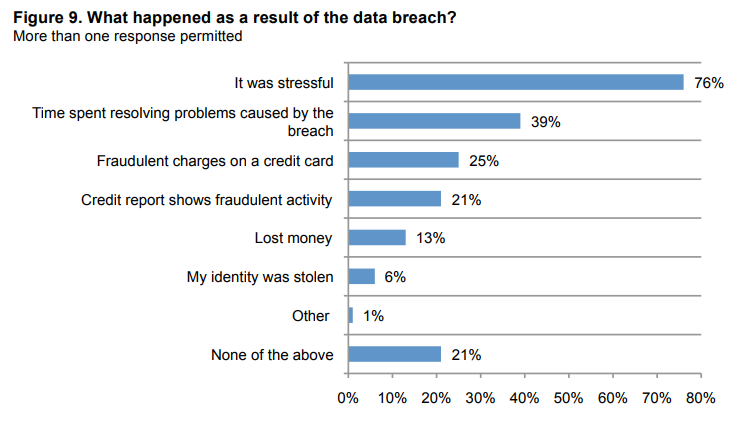The Enterprise Data Architecture, Part 3
Every year, we face challenge after challenge regarding data security. Whether it’s personal identity theft, corporate data hacking, ransomware or industrial espionage, it seems like for every step forward, we take two-three steps backwards. This has a large impact not only on private consumers, but on the business world in general.
For consumers, the biggest issue being dealt with is Identity Fraud. With the increasing amount of Identity theft & fraud, consumers are facing more and more challenges to keep their personal data safe. More and more data is being collected from the consumer, from browsing habits to shopping trends. Additionally, critical personal information such as credit card information, phone numbers, address, or even occasionally social security numbers are being used on various online websites. Let’s not even start a discussion about the credit card skimmers at various retailers….
And what happens after your personal data has been stolen…?
Image Source: Ponemon Institute
On the business side, it appears that no one is safe. With the recent hack of Equifax, we have seen tremendous amounts of data stolen that could be devastating to consumers. A reported 143 million people’s data was taken, potentially including Social Security numbers. And the worse part? None of us even gave Equifax permission to have our data to begin with. The list of hacks for 2017, according to ZDNet, is frightening:
- Equifax – 143 million accounts
- Verizon – 14+ million accounts
- Bell Canada – 1.9 million accounts
- Edmodo – 77 million accounts
- Handbrake (video encoder software for Mac) – unknown number of users
- Wonga – 270 thousand accounts
- Wannacry ransomware – 200 thousand computers
- Sabre – thousands of business customers
- Virgin America
- Cellebrite
- Cloudfare
- iCloud
- TSA
- OneLogin
- US Air Force
The list could go on. We live in a time where data is everywhere. This is the reality of Big Data. Regardless of whether it’s your personal data or business data, it is stored somewhere, and it is potentially susceptible to to unwanted exposure. We know that hackers are going to try their best to get to that data. So what are the real challenges for the security of Big Data? And what can we do to make it more secure? According to Data Center Knowledge, here is a list of the top 9 Big Data Security challenges, and potential ways the security could be improved.
Big Data Security Challenges:
- Most distributed systems’ computations have only a single level of protection, which is not recommended.
- Non-relational databases (NoSQL) are actively evolving, making it difficult for security solutions to keep up with demand.
- Automated data transfer requires additional security measures, which are often not available.
- When a system receives a large amount of information, it should be validated to remain trustworthy and accurate; this practice doesn’t always occur, however.
- Unethical IT specialists practicing information mining can gather personal data without asking users for permission or notifying them.
- Access control encryption and connections security can become dated and inaccessible to the IT specialists who rely on it.
- Some organizations cannot – or do not – institute access controls to divide the level of confidentiality within the company.
- Recommended detailed audits are not routinely performed on Big Data due to the huge amount of information involved.
- Due to the size of Big Data, its origins are not consistently monitored and tracked.
How can Big Data Security be Improved?
- The continued expansion of the antivirus industry.
- Focus on application security, rather than device security.
- Isolate devices and servers containing critical data.
- Introduce real-time security information and event management.
- Provide reactive and proactive protection.
As stated by James Norrie, dean of the Graham School of Business at York College of Pennsylvania, “Big companies made big data happen. Now, ‘big security’ must follow, despite the costs. Regulators and legislators need to remind them through coordinated actions that they can spend it now to protect us all in advance or pay it later in big fines when they don’t. But either way, they are going to pay. Otherwise, the only ones paying will be consumers.”

